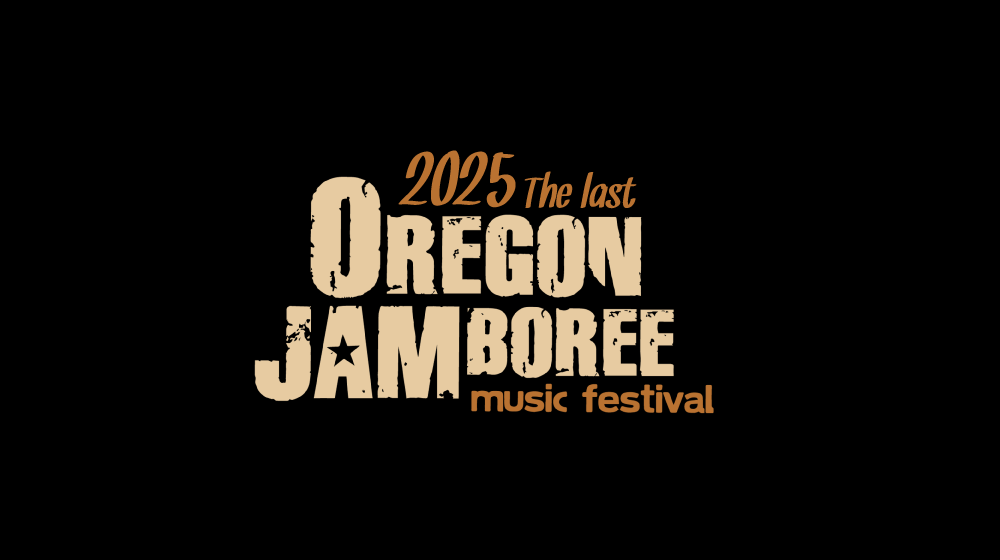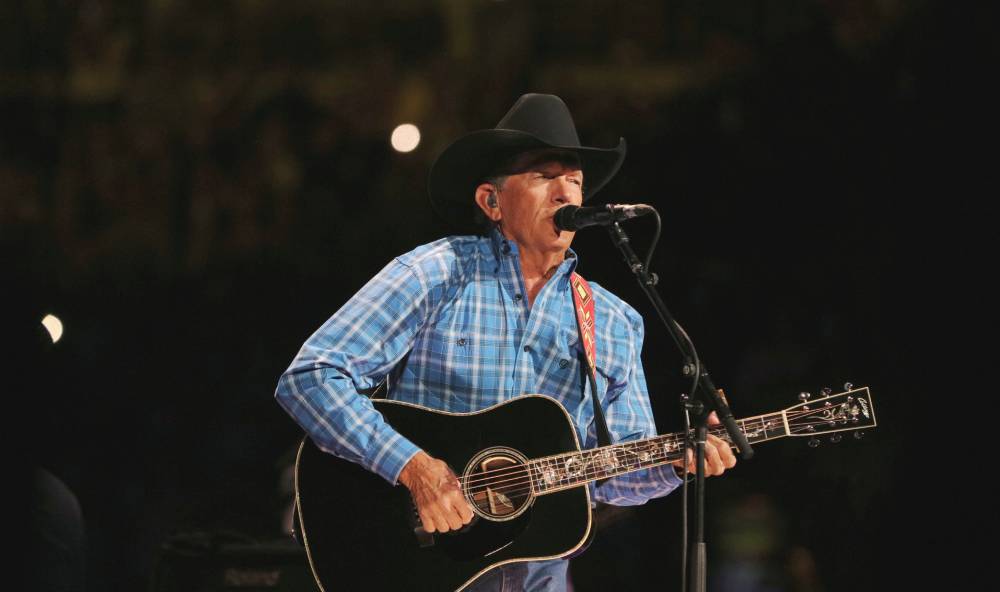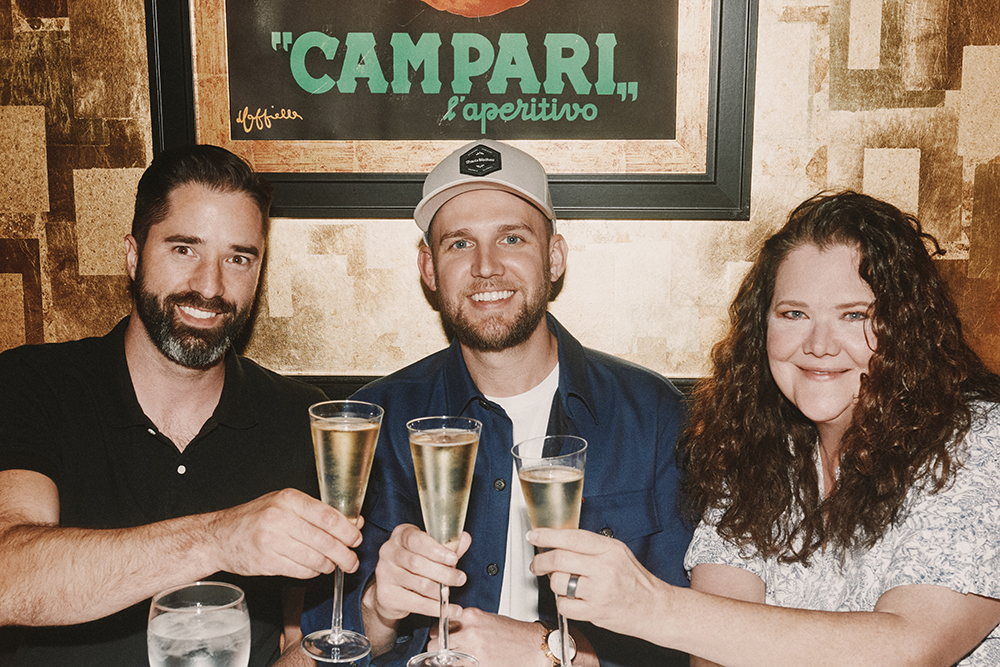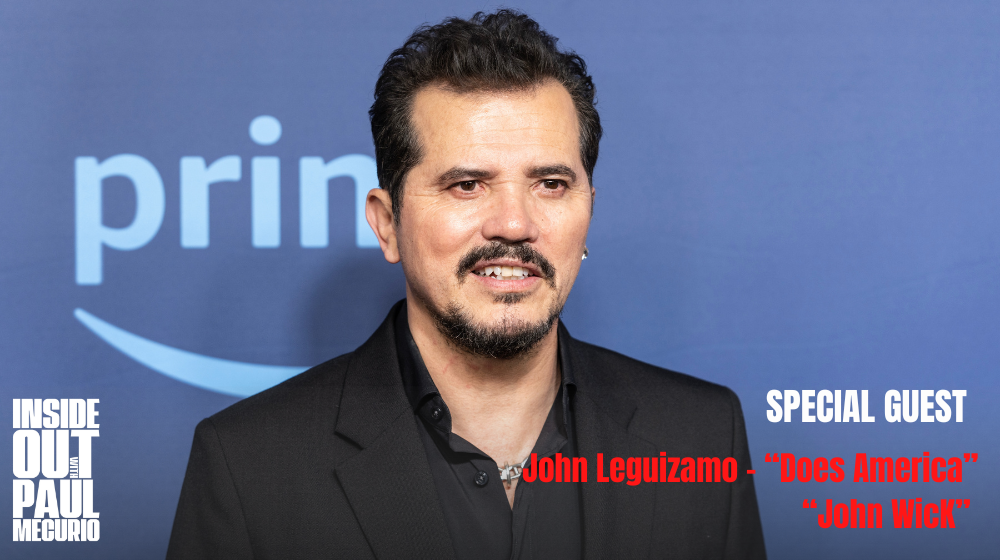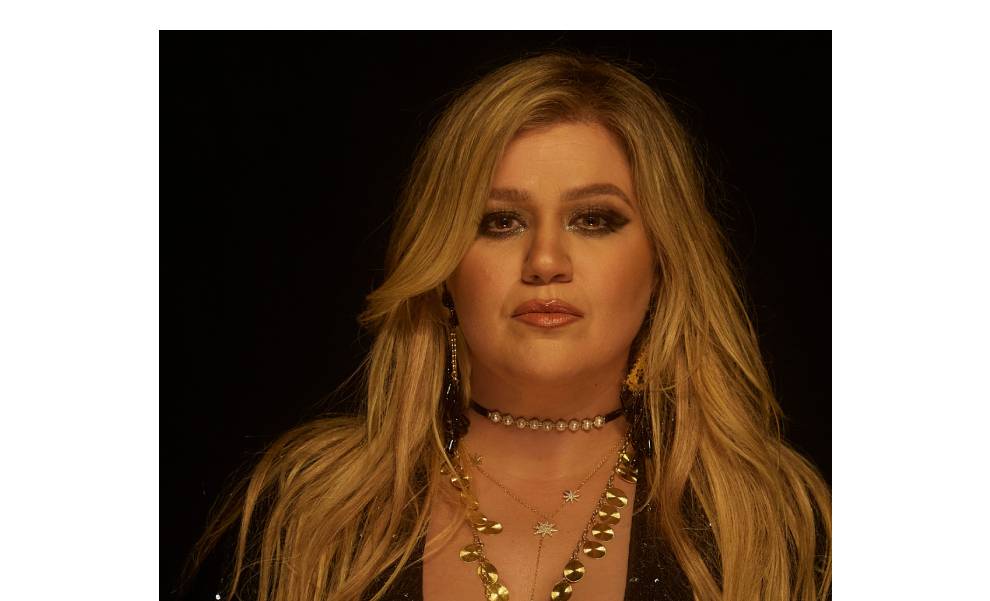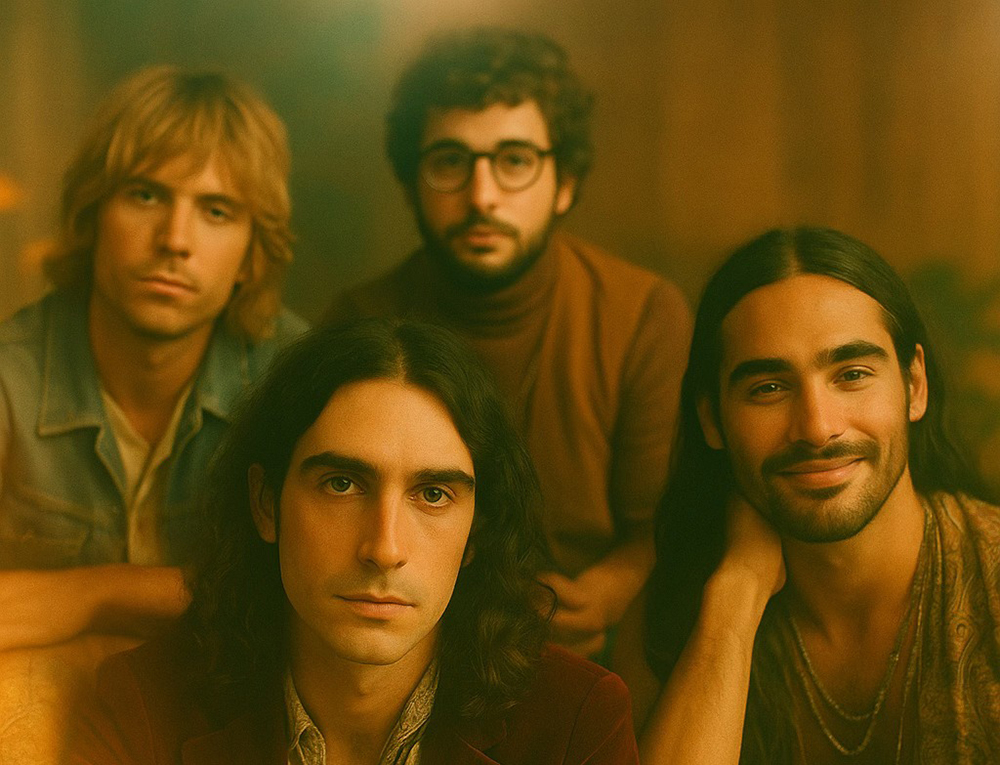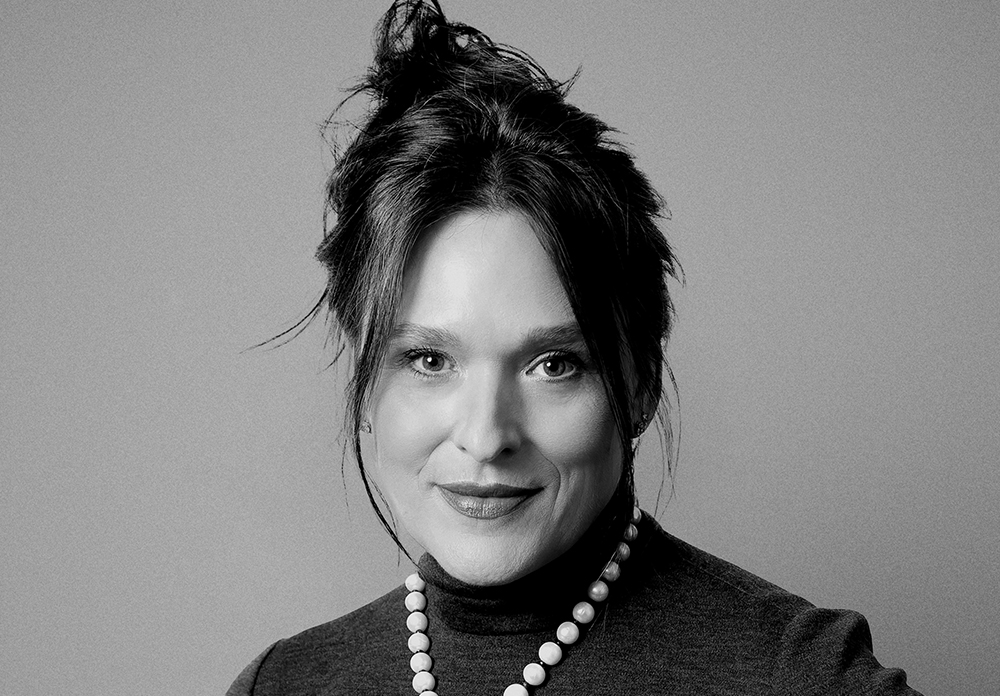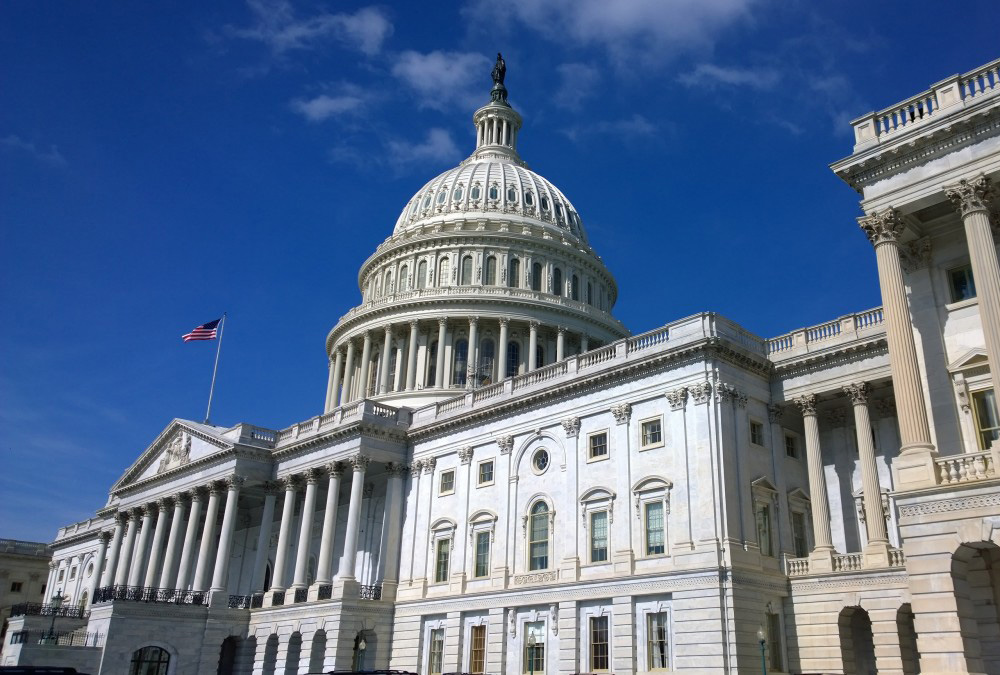
(Hypebot) – With synchronization becoming an increasingly important revenue stream for musicians, it’s vital that artists understand how these agreements work – and more importantly, how they can maximize their benefits. I could write for hours on all the intricacies of these contracts, but I’ve broken it down into just the seven most important aspects that musicians need to understand before they sign any music license agreement.
1. Value
This is a pretty simple component, but one that is rarely understood or addressed because of how much it can vary based on length of use, scope of use, size of the artist, popularity of the song, popularity of the TV show or film, and much more. That being said, I always try to make sure that my artists are compensated monetarily, even if it’s a nominal amount. I’ve seen payments as low as $25, but I believe that music should be valued, and that an artist should be paid for his or her work no matter what. In some cases the promotion of your music can add value, but unless the artist’s name and song title (and possibly a link to the track online, as some MTV shows do) are placed on-screen during the clip, I don’t think a 15-second clip of an instrumental version of your track will do much in the way of promotion. In these kinds of situations, the only person who really benefits is the person who licensed the track. The main takeaway here is that unless you as an artist see true value in the license, it may be better to just politely say no.
2. Most Favored Nations
This is a term that is commonly used by lawyers to make sure that their client gets the best terms possible. It basically means that if another party who is connected to the license (e.g. another songwriter who contributed to the song) is paid more or given better terms (e.g. a more prominent credit), that their client will automatically receive the same benefit. This is important to include because it’s broad language that will cover you just in case you don’t have the same bargaining power as another third party whose agreement you’re not able to see.
3. Scope of Use
Scope of use essentially means how the track will be synced. Will it be the trailer of a big budget movie, or used in an indie film that might not even get picked up for distribution? Will it be aired by a huge corporation all over the world, or a local brand that will be limited to the USA (or even a specific state)? The most important thing to get from this is that the larger/broader the use, the more the artist should be compensated. Again, this goes back to valuing the music. While an indie film shouldn’t be forced to pay $10,000 per track when their music budget is only $20,000, a huge corporation or TV show shouldn’t pay a nominal amount (or nothing at all) because they’re providing the artist with “promotion.” This aspect tends to focus on commercials more than it does on TV/film syncs (since TV and film usually get perpetual use of the song to cover reruns, DVD sales, on-demand sales, etc.) and can be very lucrative for an artist if negotiated correctly.
4. Term
I tend to push for a limited time period of use (e.g. one year) and, once that time limit is up, the licensor must pay another fee if they wish to continue airing the commercial. While this sounds like an amazing and easy way to keep making money, brands usually give this provision because they try to always create new and “fresh” commercials each time. However, if you get something that goes viral, or if the brand feels like they’re still getting some benefit out of it, this provision is extremely beneficial to the artist.
5. Exclusivity
This is a pretty simple aspect of the license, but one that can have dire consequences if not checked or fully understood. In almost every license agreement, the use should be on a nonexclusive basis so as not to prevent the artist from licensing the song for other uses. Normally this is a given, but sometimes licensors will try to sneak it in, especially if it is to be exclusive to a specific type of product or brand.
Here’s an example: Coca-Cola wishes to license your track for $5,000 to be used in one of their commercials, and states that the song in turn may not be used in a competitor’s commercial. This is extremely broad and can be almost anything (Coca-Cola owns many other brands, even outside of beverages), so it’s very restricting to the artist who licenses the track. I almost always ask for this language to be removed or, if it must stay, that the payment reflect the restriction. In other words, if you want that exclusive use for a year, then you need to pay the artist for the opportunities they may miss out on as a result.
6. Third Parties
Usually any track that a licensor wishes to license isn’t owned by one single entity – ownership can easily span across three, four, or even five different parties. In order to shield yourself from liability, it’s always important to make sure the licensor has done their homework and has tracked down all other third parties connected to the track (e.g. the record label to license the master, other co-writers, etc.). The licensor will usually ask for the artist’s assistance here, but that alone shouldn’t shield them from liability (unless you purposely withhold vital information, like that the track includes a sample). This should be a team effort with both sides cooperating for the greater good, but it’s always good to try and make sure that the majority (if not all) of the weight is put on the licensor’s shoulders.
7. PROs
This is missed in many agreements, but can be vital for an artist’s income on the back-end of things. I always try to make sure that the licensor acknowledges that they are responsible for paying fees to the appropriate performing rights organizations (ASCAP, BMI, SESAC) – or, at the very least, make sure the party who airs the synchronized track does. This should be a given, but it’s always a good idea to get the licensor to acknowledge it because the added PRO income from having a song placed in a hit television show can mean a lifetime of passive income for the artist/songwriter.
Hopefully this has helped demystify some of the important points and terms that you’ll come across in typical music license agreements. Your music has value, so make sure you’re receiving the compensation you deserve and getting as much out of the sync as you can!
Alex Ploegsma is a New York-based attorney. After sharpening his skills at the law firm of Serling Rooks Ferrara McKoy & Worob, he segued to the position of GM/Director of Business Affairs for Robot of the Century Music Publishing (Young The Giant, Trivium, etc.) At the same time, he formed his own solo law practice representing artists, producers, writers, labels, and executives (Allan Eshuijs, Joe Calitri of Red Bull Records, The Dear Hunter, Emma Louise, Clubfeet, Flight Facilities, etc.). Currently, he is focusing on his solo practice and management company, Guild Management.



















